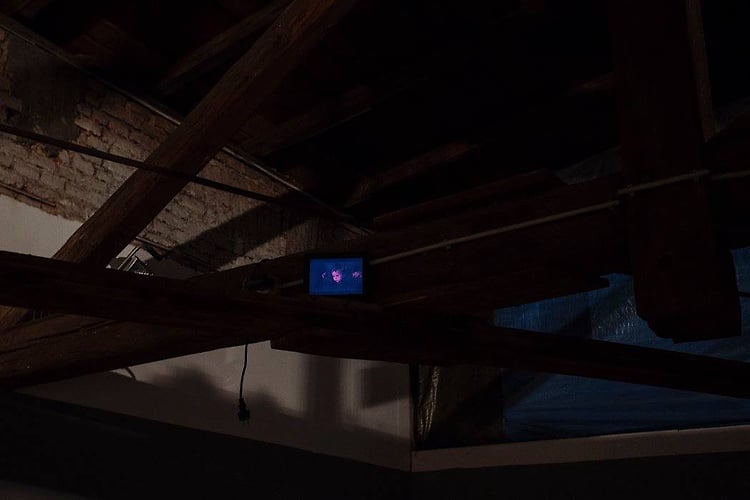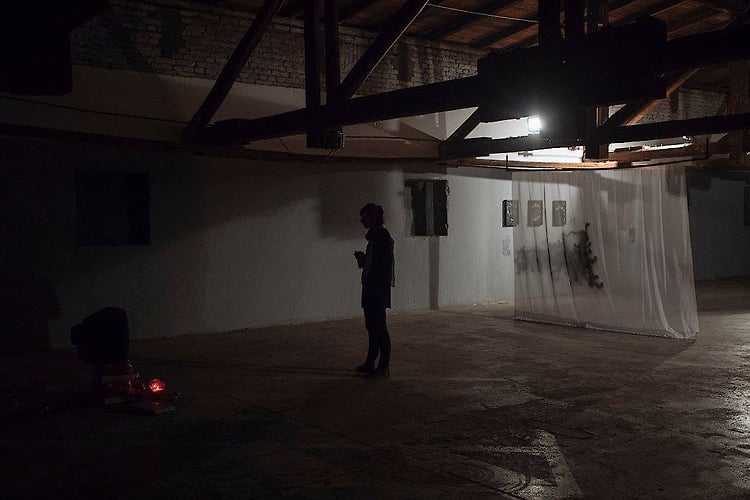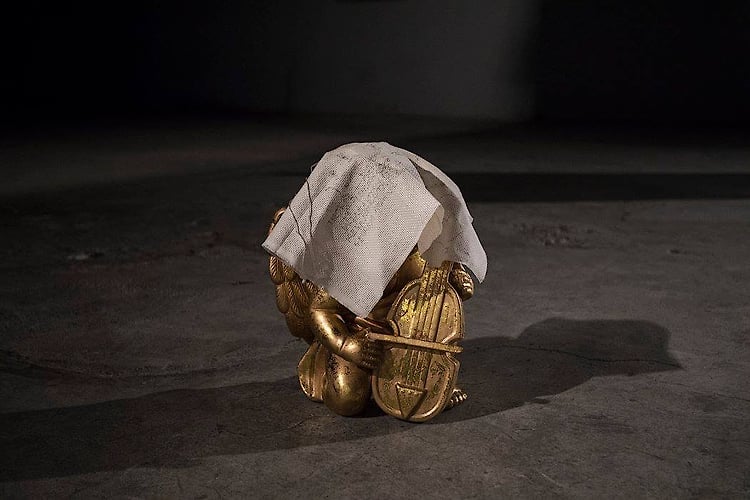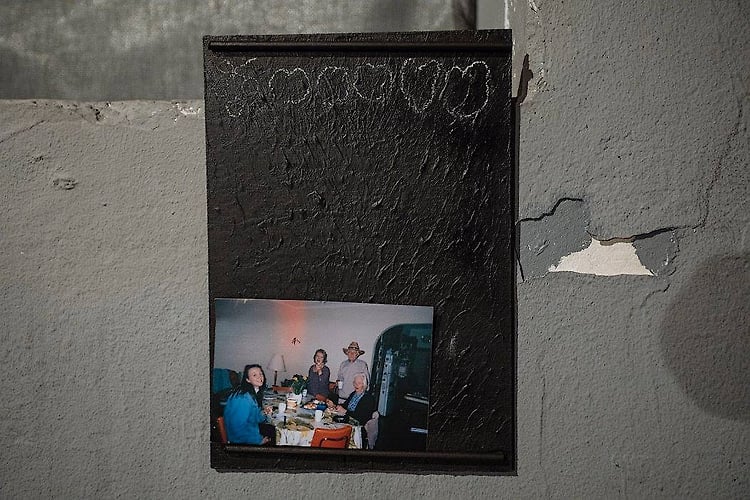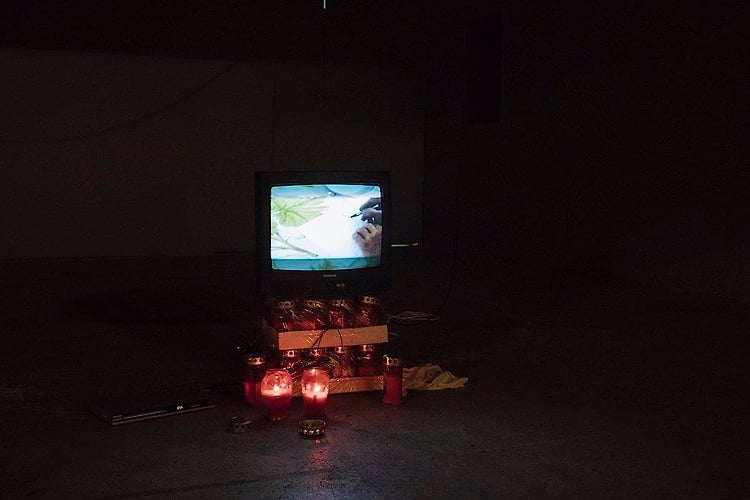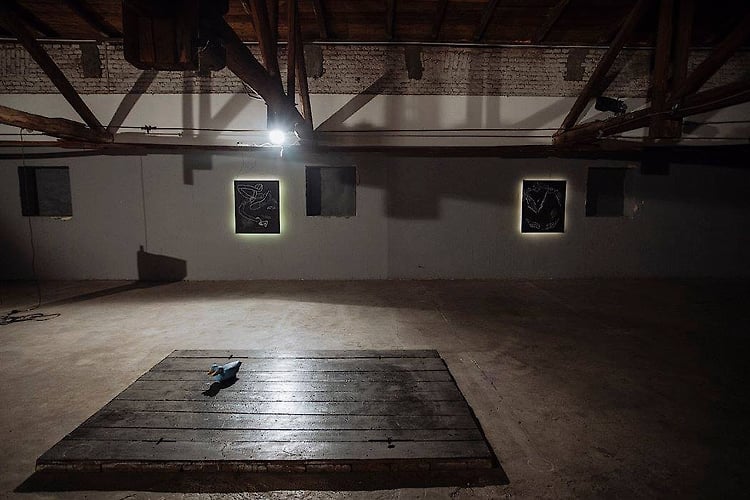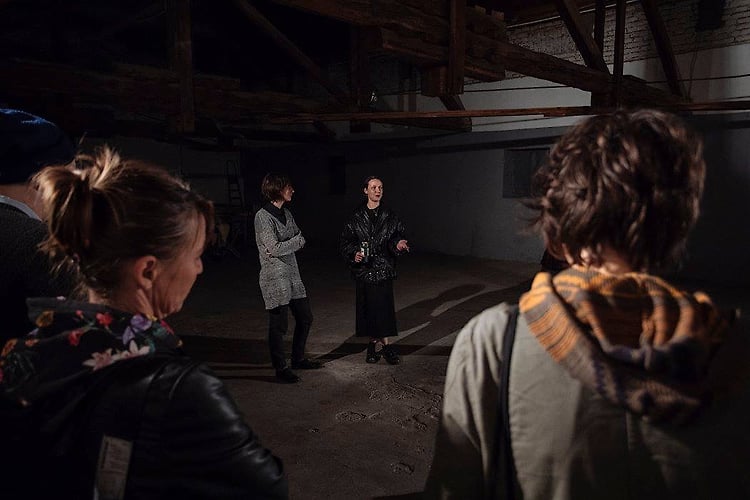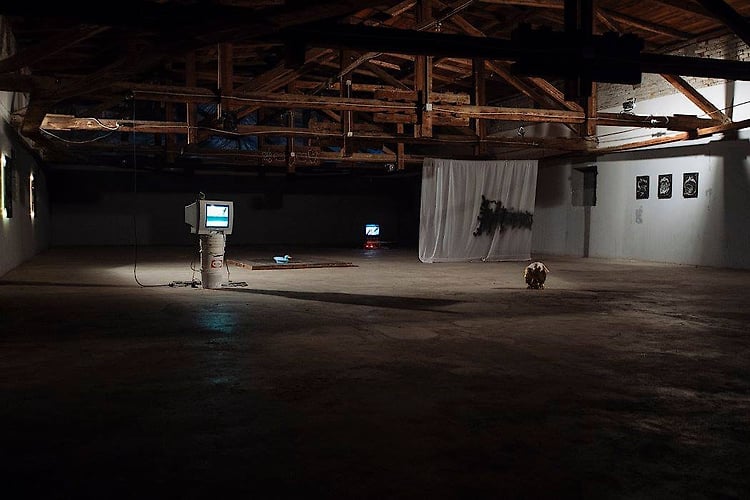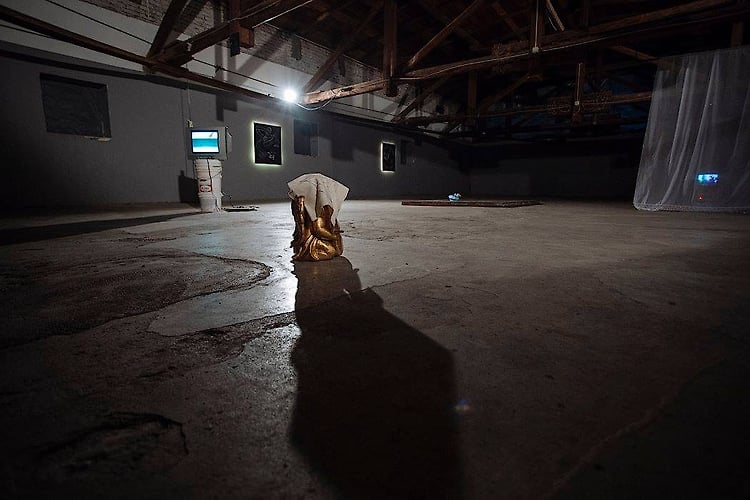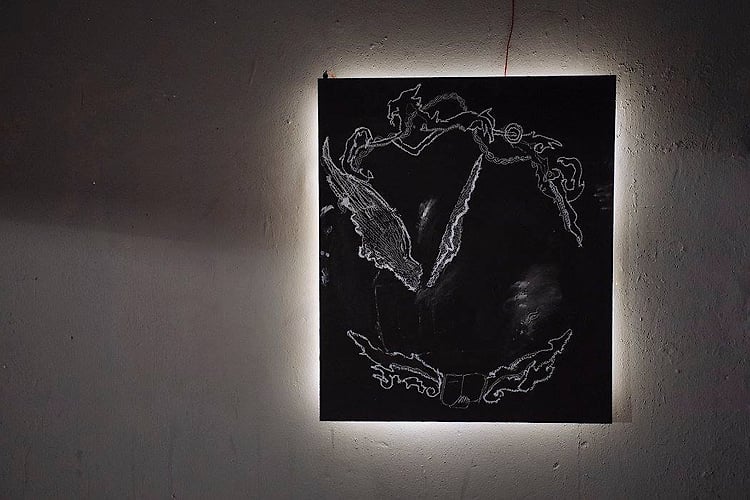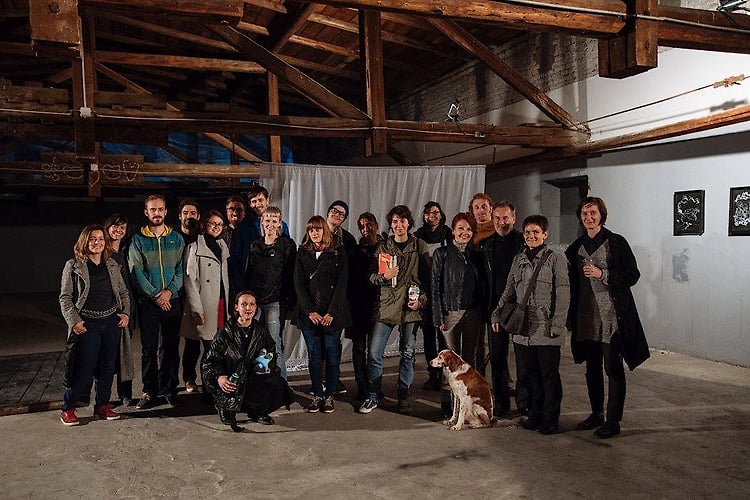Alexandra Nemaric ENG
GuestRoomMaribor2017
Alexandra Nemaric
For Alexandra Nemaric a residency in Maribor was much more than an opportunity to develop her art practice further. It also represented going back, for the first time, to the land of her origin, to the place so familiar and yet so distant. As she mentions her identity was "molded by grandparents and family through oral history, story-telling, relationships to food, cooking and toiling processes passed down through generations." The way her identity was shaped affected her way of being in Australia. Although Australian for the fact, she had to constantly negotiate between what she brings from home and the influence of the surrounding culture. One of such constant reminders is also her last name which dropped, and often was shortened into Nemo as it is easier to pronounce. Furthermore, the Slovenian context brought another set of insecurities as she didn't speak the language, missing out the political and social aspects of it. However, during the residency, she had a chance to find geographical places of her grandparents' past and to meet some of the relatives who still live there. For her this experience was a mirror, a physical space she could recognize familiar gestures, movements, and speech, as some sort of parallel universe to her Australian world.
Considering this very personal experience, Alexandra Nemaric transfers it into the public domain in the form of the exhibition which she dedicates to an exploration of familial connections and paradox of belonging. She concluded the residency with an exhibition Dying on the Vine which represents both newly produced work as well as some older work. It took place in Hladilnica gallery and it was the first representation of her art practice in Slovenian context. The title of the exhibition plays with words – to dye and to die, it refers at the same time to the act of dying as certainty and to act of colouring conducted by her grandpa. Filmed in the kitchen, the grandpa is drawing on a piece of paper sitting on a tablecloth decorated with vines. In relation to the title of the exhibition, the grandfather becomes a symbol of one that teaches her and of the one who is about to leave her. The video is entitled Merry gathering and it is shown on an old tv that sits on top of palettes full of red lampions usually used at cemeteries. The installation of lampions carries the title We're not dead yet ironically sounding like a voice of artist grandparents. The dramatic atmosphere is emphasized by two burning lampions which immediately evoke commemoration. Just one detail - the lids standing in front of lampions, and not on top of them - gives an idea that nobody died. From that work, the whole exhibition builds from the creation of the family universe as well as the unease of losing that universe.
The drawings on the wall are made with white on a black surface exposing motives which could seem familiar as they were inspired by Catholic iconography, which surrounded the artist for the whole life. And here it is not even relevant if she ever practises that faith, but rather this awareness of belonging to the Catholic culture which is here represented through imagined visual language. Adding humorous titles to the drawings, such as Everyone knows I'm confused, So the story goes or Whose word is it anyway? she plays with language not to reveal but to twist its meaning further. Apart from the drawings, there is several installations and sculptures around the space which make viewer puzzled. For example, a blue duck with two heads has a monstrous appearance of nuclear catastrophe, while it actually talks about motive from the artist's childhood in which her grandmother always took her to feed the ducks. What struck her when she came to Slovenia it was that her relative did exactly the same. Furthermore, the installation Bucket list consists of piled buckets for painting walls and on top of them, there is a tv on which is a tetra pack juice leftover with a straw as someone carelessly just left it there. On a tv plays video of a grandpa constantly going in one circle in a backyard. The scene of the backyard could be idle for leisure activities but this unbroken circle gives some tension-breaking the ideal image.
In conclusion, the exhibition at the same time attempts to disclose the universe of the artist's identity, as well as to capture the memory of her grandparents as crucial actors in its shape.
Irena Borić
In conclusion, the exhibition at the same time attempts to disclose the universe of the artist's identity, as well as to capture the memory of her grandparents as crucial actors in its shape.
Irena Borić

